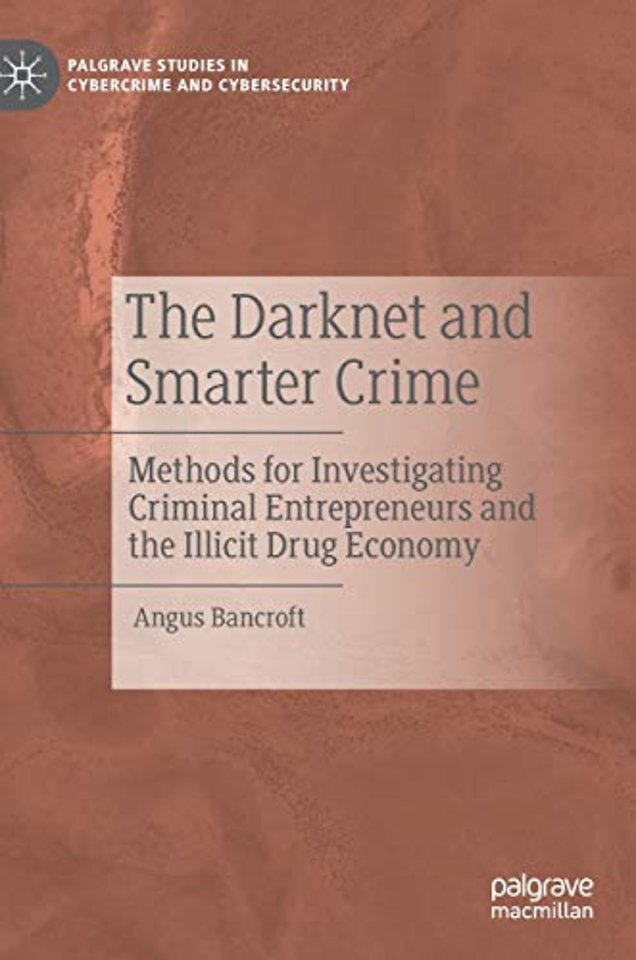Acknowledgements 51: Overview of the book 62: Crime is as smart and as dumb as the internet 11Digital crime is global and local 13The limits of digital crime 14After Cybercrime 15New configurations of digital crime 17Do not fear the darknet 19Myths of the internet make digital crime look strange when it is normal 24Conclusion 273: How cryptomarkets work 27Cryptomarkets mimic the form but not the content of clearnet shopping sites 27New contexts for crime and semi-crime 34Technology shouldn’t lead and criminals should avoid bitcoin 37Cultures of digital crime 40Implications of cryptomarkets 42Conclusion 434: Fracturing research in splintering digital environments 43The internet is more mobile, more ingrained and also more fractured 43Reshaping expertise in social research 45Questioning scientific hierarchies 47New data types and combinations 49Ethics and politics in the data infrastructure 51End of the online 53The Network and the Limits of Metaphor 54How this changes what we study 56Research for this book 58Conclusion 585: Illicit trades are political economies 59Security and insecurity are distributed by the nation state and global economy 59Social trauma and harm geography 60Extent and growth of the illicit economy 62Legitimate illicit business 66Legitimate violence 71Markets regulate crime 72Conclusion 746: The cultural drug-crime confection 74Illicit intoxication and normal addiction in the ‘machine zone’ 75The work of culture in the context of the illicit 76Symbolic order and power 80Looking for culture 83Looking into the surface 85Drug markets in institutions 86Conclusion 887: Cybercrime is not always rational, but it is reasonable 89Digital crime is structured more than organised 89Organised crime is a useful performance for cops and criminals 91Trade associations exist alongside cartels 93Illegal markets come in different types 94From Kingpinning to routine crime 95Normal scammers and legit vendors 96Business strategy and trajectory 96Building a hybrid infrastructure to cope with uncertainty 100Markets regulate crime work 101Coordination and cooperation 103Structuring Opportunity 1058: Managing relationships in digital crime 108Seeing like a blockchain: the problem of trust 109Smart contracts, and machine laws 110Trust in cryptomarkets 111Coordination and cooperation 113Conclusion 1159: How knowledge about drugs is produced in cryptomarkets 116Quality is an unstable quality 118Paraphernalia and preparation 119How users share knowledge and assess quality 124Adulteration, contamination 127Conclusion 12910: Risk structuring 130Cryptomarkets are one place where drug risk is dissected and reworked 130Structuring of risk 132Peer support 135Risk signalling and responsible harm 137Dosing and the user’s body 141Drug Altruism 142Cryptomarkets are meeting points 143Conclusion 14611: Technology does not confer security and transparency does not confer safety 147Anonymity is desired but not achieved in the cryptomarkets 147Secrecy is needed 150Anonymity’s techno-politics 150The pleasures of the hidden 152Attesting persona 155Multiple identities are a challenge for users and vendors: 155Maintaining opsec through defeat and deniability 156The inadequate shield of technology 158Conclusion 16112: Why digital crime works 162Cybercriminals and law enforcement imagine crime and so shape what crime is 163Crime has logics, not only rationality 164What is happening to the cryptomarkets 166This all matters because as a society we are far more constrained than at any time in the past 167Conclusion 168References 169







